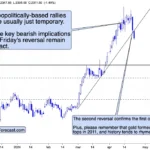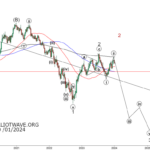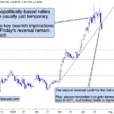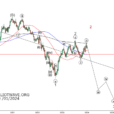
Wearable activity tracking company FitBit Inc announced plans to file for a $100 million IPO earlier this week. The impressive figure is bound to fluctuate, however, as the company markets itself to investors.
FitBit was launched in 2007 by James Pary and Eric Freidman, and is headquartered in San Francisco, California. They also have a second office in Boston, Massachusetts. FitBit has a total of 579 employees. Its products are currently sold in 45,000 retail stores in more than 50 countries.
FitBit plans to trade on the New York Stock Exchange under the ticker symbol “FIT.” Underwriters for the upcoming IPO include Morgan Stanley (MS), Bank of America Merrill Lynch (BAC), and Deutsche Bank (DB).
In their Securities and Exchange Commission filing report, FitBit reported notable numbers:
Prices for the activity tracker range between $59-$250. The types of activities that can be tracked on the device seem endless: steps taken, calories burned, active minutes, sleep tracking, floors climbed, and everything in between. The most expensive option, the FitBit Surge, is similar to Apple’s (AAPL – Analyst Report) buzzed about Apple Watch, with text notifications, music control, and caller ID capabilities.
But is it just a fad?
Yes, NBA star Shaquille O’Neal and actors Joel McHale and Ryan Reynolds are big fans. Sure, even President Barack Obama sports the Surge model. Celebrity endorsements, however, do not prove a good investment.
In addition, there are still major questions over whether wearable activity trackers can lead to sustainable health increases, and more importantly, if users can stick with the tech device after the first few months. With FitBit appearing similar to a bracelet, it’s not surprising if users forget to put it back on after removing it.
















